I want to make a report: "select salesmen who have N recent Status codes = 2,3,4,5".
A structural example of my data has 35 rows (including 1 header row): link. This file has a Date, Sales code (id of a salesman), Status code (id of how successful a transaction was) and other fields which are not necessary for the purpose.
I ended up using three formulas:
a
QUERYfunction withIMPORTRANGE.
In the example data it is slightly simpler - take only Sales Codes, Status Code, and Date from another sheet, then order by Date, Sales Code. Formula in A9:
=QUERY({Source!D1:E, Source!A1:A}, $B$4, 1)an additional column with a sequentional numbering. Formula in D10:
=ArrayFormula(if(len(A10:A), ROW(A10:A) - MATCH(A10:A,A10:A,0) - 8, ))a QUERY function to extract only N cases (let's say 5). Formula in F9:
=QUERY(A9:D, "select A, B where D <="&B3, 1)
Is there a way to combine all 3 steps into one so I get the output like in F10:G24 using one (and hopefully fast :)) formula? The formula I tried (expanded for readability):
=QUERY(
{
QUERY({Source!D1:E, Source!A1:A}, $B$4, 1),
ArrayFormula(
IF(len(J10:J),
ROW(J10:J) - MATCH(J10:J, J10:J, 0) - 8,
)
)
},
"select Col1, Col2 where Col4 <="&B3,
1
)
It gives me the error:
"Function ARRAY_ROW parameter 2 has mismatched row size. Expected: 28. Actual: 991."
I also tried finite data ranges in ROW() and MATCH() but that yields an empty table.
In the original database there are ~3500 rows and they will expand, so I think I should stick to infinite ranges to automate data extraction.
